|
Whether at the beach, poolside, or inside with the air conditioner blasting during the sweltering and relentless heat of August, I have a few wines to entertain your palate and cool you off a bit. However, I must stress how important it is to stay hydrated with WATER during these hot days, especially if you are consuming alcohol. It’s all about balance! Masciarelli Rosato IGT Colline Teatine 2022 Masciarelli Tenute Agricole is a family-owned winery founded in 1981. They have 350 hectares of vineyards located in all four provinces of Abruzzo, Italy, and are committed to sustainability in the vineyards and the winery. Masciarelli has 22 labels and seven product lines. This rosé is part of their Classic line (Line Classica). It is made with 100% Montepulciano grapes, and fermentation occurs in stainless steel tanks. Nose: Floral and fruity. Palate: Delicate notes of fresh red berries, cherry, and nicely balanced. Alcohol: 13% SRP: $14 Pairing suggestions: Enjoy as an aperitif or serve with appetizers, light pasta, salads, pizza, and seafood. Carpineto Dogajolo Toscano Bianco IGT 2022 Carpineto, a Tuscan winery founded in 1967, is the producer of Carpineto and Dogajolo wines. This year marks a 30-year milestone for the production of Dogajolo Super Tuscans, specifically Toscano Rosso, launched in 1993. In 2009, Toscano Bianco was added to the Dogajolo line, followed by Toscano Rosato in 2011. They have 1,200 acres of sustainably farmed land spread amongst five carbon-neutral estates in the appellations of Brunello di Montalcino, Chianti Classico, Vino Nobile di Montepulciano, Maremma, and Alto Valdarno. The grapes for this wine are a blend of 40% Chardonnay, 30% Sauvignon Blanc, and 30% Grechetto. It is produced from estate-grown fruit from the Montepulciano estate, with each varietal vinified separately in stainless steel tanks. Nose: Lovely white floral, citrus, notes of tropical fruit. Palate: Pear, sweet apple, lively acidity, honeysuckle, and green melon. Alcohol: 13% SRP: $14.99 Pairing suggestions: Perfect for an aperitif or with salads, pasta, seafood, grilled white meat, or Asian cuisine. Emmolo Sauvignon Banc 2022 Jenny Wagner is the owner and winemaker of Emmolo, located in Napa Valley, CA. Emmolo is named for her maternal grandmother, who came to Napa from Sicily in 1923 and founded a rootstock nursery, supplying many local growers. On her paternal side, roots can be traced back to 1857 when her great, great, great grandfather made his way to Napa, kicking off a long history of farming and winemaking. And Jenny’s father, Chuck Wagner, and his parents founded Caymus Vineyards! This wine is 100% Sauvignon Blanc sourced from Napa and Solano counties. Nose: Citrus, melon, and white flowers Palate: Crisp, clean, and refreshing wine that is minerality-driven with white stone fruit, grapefruit, and green apple. Alcohol: 12.8% SRP: $22 Pairing suggestions: A great aperitif sipper or serve with grilled fish, seafood, salads, mushroom risotto, or sushi. Mer Soleil Chardonnay Santa Lucia Highlands 2021 Established in 1988, Mer Soleil is a California wine estate in the Santa Lucia Highlands AVA in Monterey County. It was founded by the Wagner family, owner of Caymus Vineyards. This wine is 100% Chardonnay sourced from hillside vineyards in the Santa Lucia Highlands. The intense sunlight ripens the grapes, and the cooling breezes from Monterey Bay lead to a longer growing season, both contributing complexity to the wines. This wine is fermented and aged in new and used French oak barrels for approximately 11 months. Nose: Honeysuckle, citrus, stone fruit, and toast. Palate: Fresh notes of lemon/lime, green apple, pear, and vibrant acidity. Creamy mouthfeel with a long citrusy finish. Alcohol: 14.5% SRP: $24 Pairing suggestions: Enjoy as an aperitif or serve with baked cod, creamy pasta, grilled white meat, or salads. Ettore Pure Chardonnay 2019 Ettore Winery is a certified organic winery in Mendocino, CA. Ettore Biraghi, founder and noted European winemaker, realized a dream of producing world-class fine wines in the Sanel Valley. He released his first organic and terroir-driven range of Chardonnay and Merlot wines from Mendocino. This wine is 100% Chardonnay organic grapes, estate grown in their Sanel Valley Vineyards in Hopland, the southernmost town in Mendocino County. The wine is aged in stainless steel tanks. Nose: White flowers, tropical fruit, white stone fruit, and citrus. Palate: Aromas segue onto the palate with grapefruit and honeydew. It is unoaked, but there is a trace of butteriness…a complex and delicious wine. Alcohol: 13.5% SRP: $28 Pairing suggestions: Enjoy as an aperitif or with salads, seafood, grilled fish, chicken, mushroom risotto, or crab cakes. Stay cool and enjoy these wines, chilled, of course! Until next time…
Cheers! Penina To leave a comment or if you have an inquiry, please contact me at [email protected] When one thinks of wines from South America, Chile and Argentina are usually the countries that come to mind. However, did you know that Uruguay is South America’s fourth largest wine producer? Located between Argentina and Brazil, Uruguay is the second smallest country in Latin America. Fun fact: The name “Uruguay” means “river of the painted birds” in the indigenous Guarani language. Uruguay’s population is only 3.4 million, less than Manhattan and Brooklyn combined! And its population is 90% European descendants, mainly from Italy and Spain, making it a considerable influence on wine production and cuisine here. Speaking of cuisine, Uruguayans are meat lovers and South America’s largest beef consumer per person per year. Beef is also the country’s number one industry. Fun fact: Uruguay has more than 11 million cattle bred naturally. That is four heads of cattle for every Uruguayan citizen! And the wine is something to dial into! Uruguay has over 5000 hectares of vineyards with 180 active wineries, mostly family-run and now in their third and fourth generation. Two-thirds of these wineries are located in the Metropolitan Region. And it is the only South American terroir whose climate is influenced by the Atlantic Ocean. Approximately one-third of Uruguay has an Atlantic coastline. However, there are a handful of other terroirs where temperatures are determined more by land than sea. While still relatively small, it is divided into five distinct sectors: the East, and South/Southwest, where the sea has more of an impact, and the Central /Northern sectors and the Western shore, which are more continental. Below is a chart of the six winemaking regions of Uruguay. Due to its proximity to the Atlantic Ocean, Uruguay’s terroir is more analogous to that of European wine regions such as Bordeaux, setting it apart from its South American neighbors. Both Uruguay and Bordeaux’s vineyards are planted close to estuaries and rivers and are relatively humid and mild in climate with sufficient wind and rain. In addition to the maritime environment, the soil is calcareous and rich in clay which varies among the different regions, all of which contribute to the character of these wines. Fun fact: The vineyards of Maldonado are planted above some of the oldest rocks on earth, the Río de La Plata craton, which is 2.5 billion years old. It’s all about quality winemaking here. Attention is paid to balancing perfect levels of alcohol and acidity. And production is a combination of innovative wine techniques and traditional ones. Sustainable wine growing is important here, and many vineyards are certified. Below is a chart depicting the principal grape varieties planted. In general, whites and other varieties with shorter cycles are closer to the coast in vineyards stretching from Rocha to Maldonado through part of Canelones. The interior, which extends from Canelones to San José and Colonia, specializes in reds with longer growing cycles. Uruguay is best known for its red wine made from Tannat, its signature grape. Tannat is originally from France and produces rich wines with bold tannins, dark fruit, and spice in both aromas and flavors. For an educational wine seminar, I recently received a selection of nine bottles of both white and red wines that demonstrate the diversity of single varietals and blends (most notably Tannat) produced in the six winemaking regions of this country. Slideshow is below. The wines range in price from $12 to $55, with a median price of $24. Suffice it to say; these wines let the terroir speak! The whites run from fresh and a bit tropical to weighty and concentrated, with white fruits, acidity, and minerality. The reds are fresh with lush dark fruit, good acidity, and minerality and range from bold to fine-grained and nuanced tannins. The lineup included a tasty Rosé Vermouth made with Tannat. It is produced in small batches and infused with botanicals and flowers. Served over ice with a slice of lemon or orange is pure heaven! Over the next few weeks or so, be on the lookout on Instagram for my reviews of these wines, along with pairing suggestions. @thewineknitter If you have yet to try wines from Uruguay, I hope I have piqued your interest. These white and red wines are a great way to introduce your palate to the next big trend coming from South America. Here is one more fun fact: Uruguay is home to the world’s longest carnival season, which lasts 50 days! In addition to wine, food, and festivities, Uruguay, is famous for its coastal resorts! I’m ready to wine, dine, hit the beaches, and enjoy the carnival! Are you?
Until next time… Cheers! Penina To leave a comment or if you have an inquiry, please contact me at [email protected] |
Categories
All
|


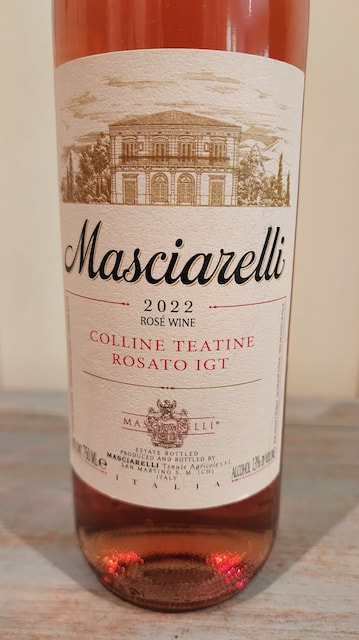
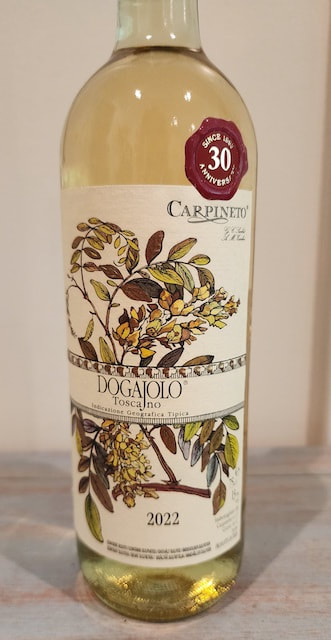
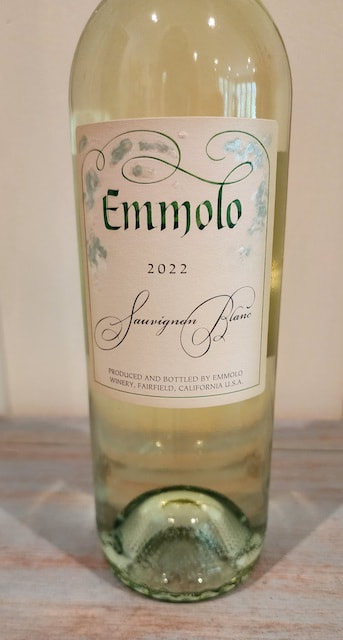
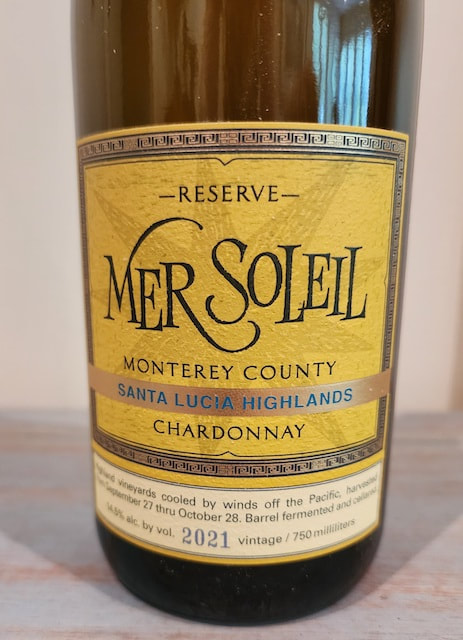
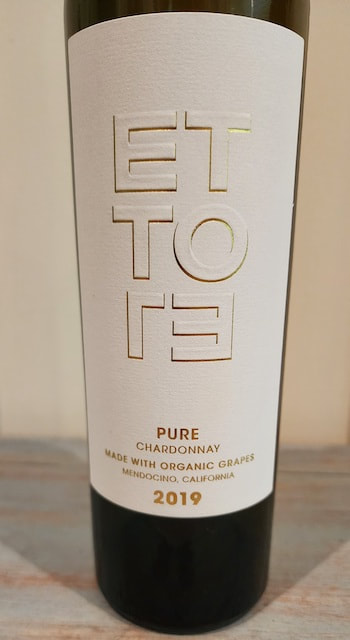

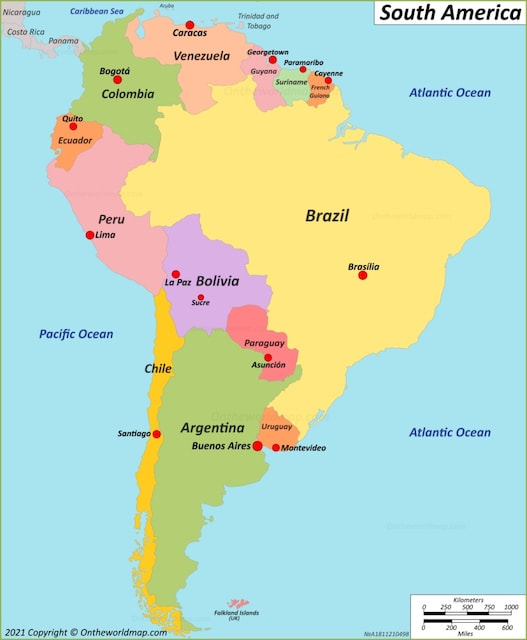
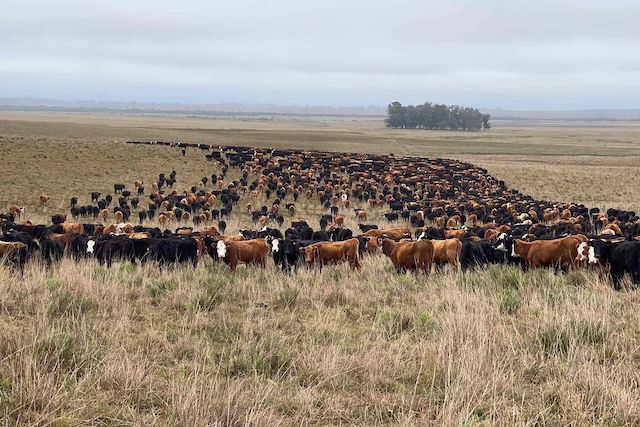
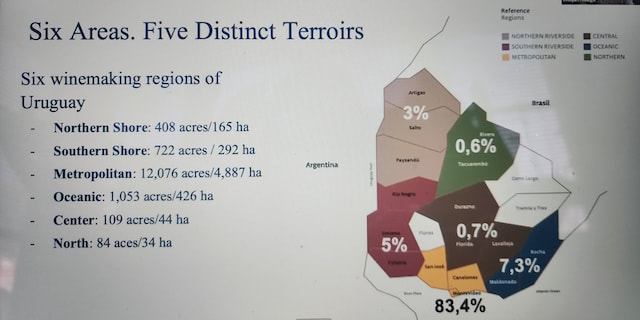
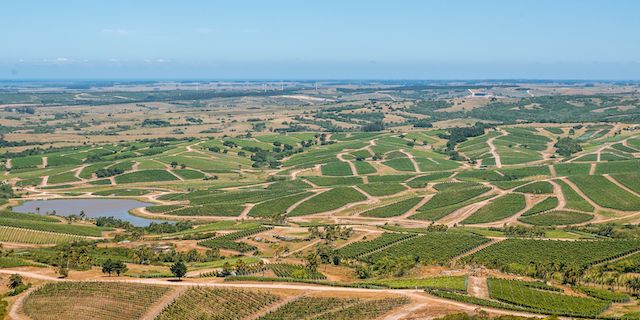
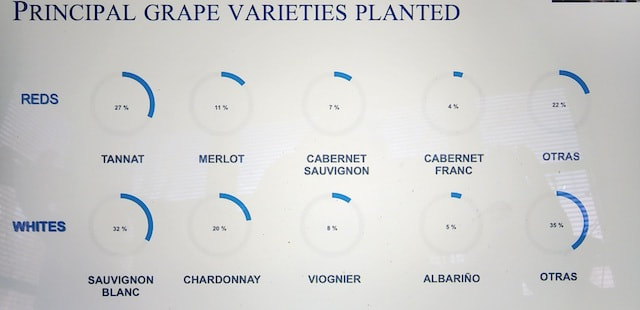
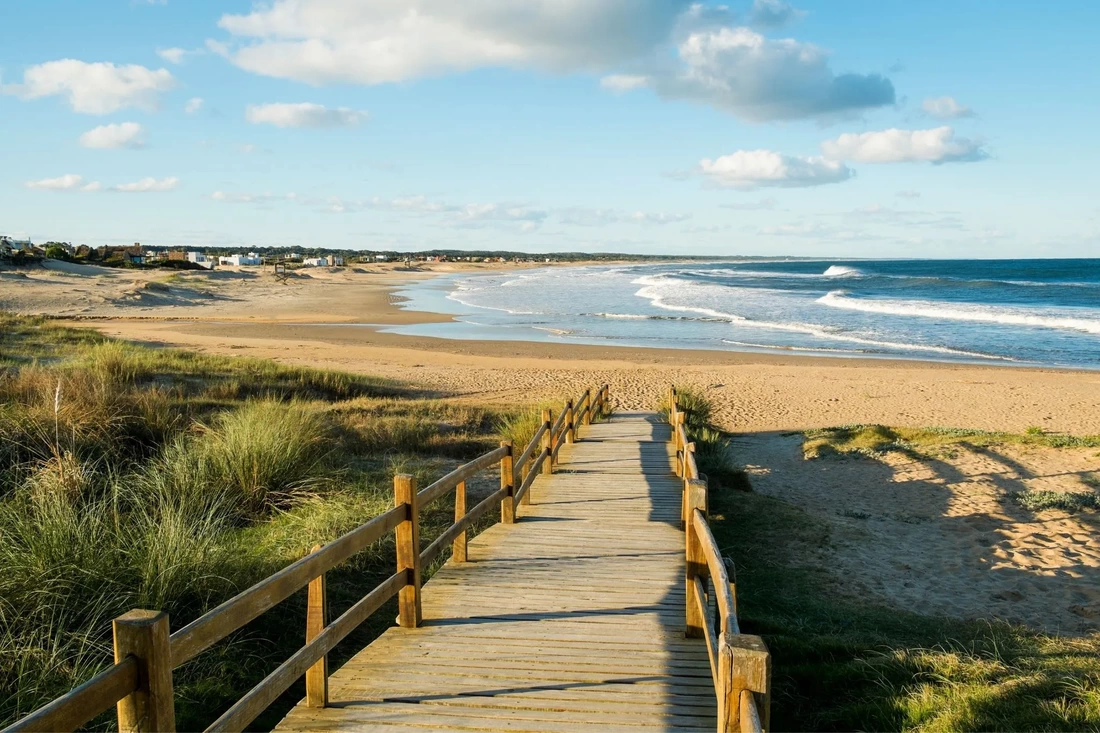
 RSS Feed
RSS Feed